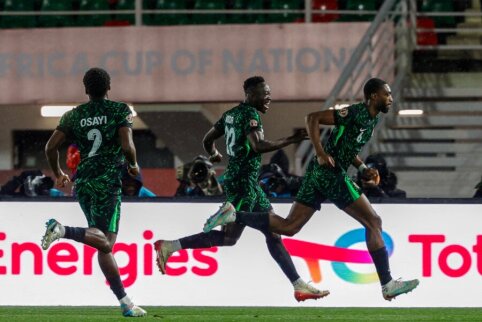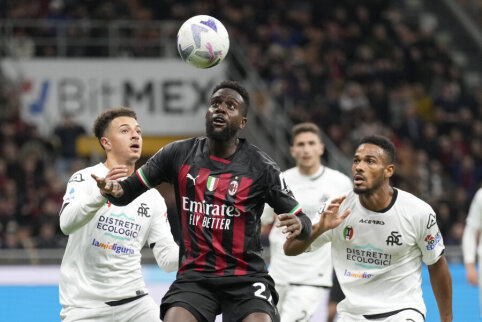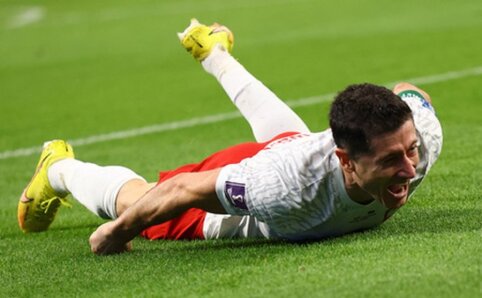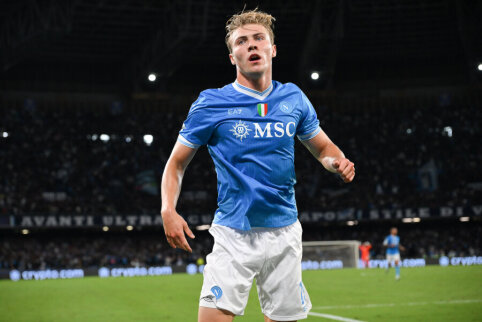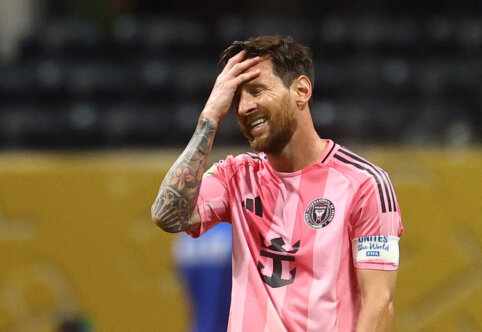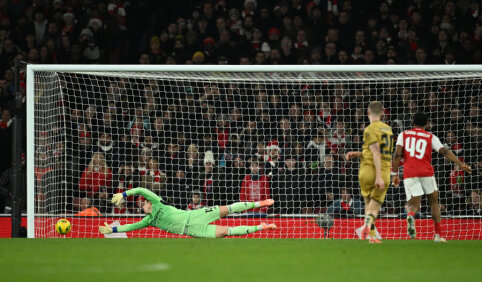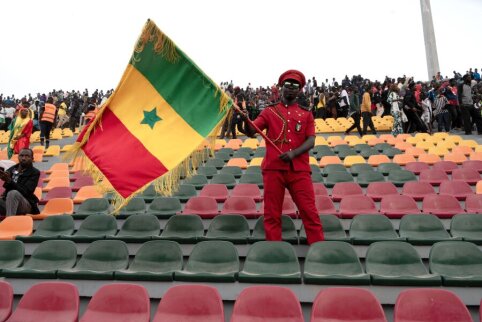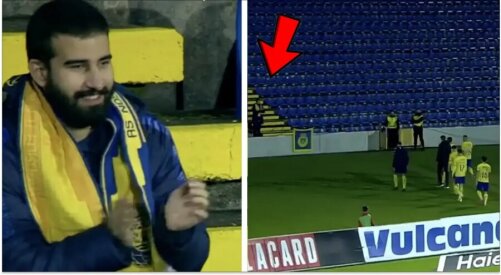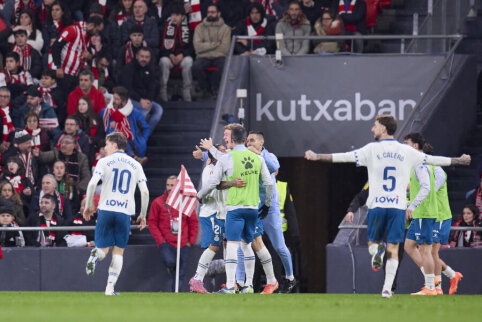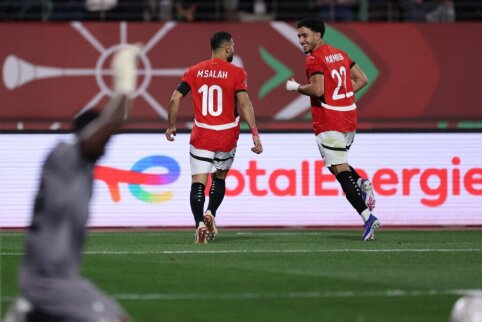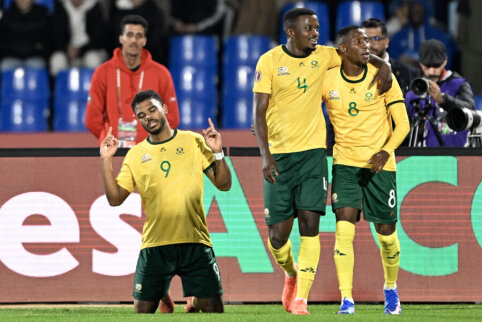 © EuroFootball.com
© EuroFootball.com
"Tribune" - the sixth part of the series of articles about historical World Cup stadiums. This time, website visitor JC Denton presents an article about Rasunda stadium, where the 1958 World Cup final took place. In 1958, Sweden. Hurry up to visit Madame Rasunda. This spring, in the Kingdom of Sweden, the first death sentence since 1867 was announced... It was cruel and final, there was no appeal or cassation, its execution was postponed for five years... This sentence was not addressed to an animal, a person, or even a legal entity. It was addressed to the old lady Rasunda... Therefore, this essay is like an early obituary for an arena whose death is only a matter of time... Sometimes it seems that stadiums are as spiritual as we are - people. You can talk to them, rejoice with them, empathize with them, perhaps even hate them. And the stadiums themselves communicate with each other, but only in a language understood by them alone. Sometimes it is brotherly and united, sometimes unforgiving and cunning. In such cases, recalling the wisdom of Plautus, the stadium becomes like a wolf fighting for dominant positions in the market of national clubs and state matches. Rasunda is one of those "wolves." The legendary Viking land arena began its long and glorious life in 1937, cutting the throat of the old man Stockholm Olympic Stadium. For almost 70 years, it reigned in the Kingdom of Sweden, welcoming and bidding farewell to the highest-class football talents and nurturing the glory of the national football eleven. But time is ruthless to both victors and losers. Sooner or later, a new leader is needed... "Balanced" for the World Cup Until 1937, Sweden held all national football reins at the 14,000-seat Stockholm Olympic Stadium built in 1910. Over the almost thirty-year period, the old man's capabilities no longer met the growing needs of popular sports. In 1937, Rasunda rose in the Solna district of Stockholm, taking all the glory's bread from the Olympic Stadium - hosting the derbies of the capital's teams "AIK" and "Djurgardens" and the home games of the national team. However, the inauguration of the stadium was severely tarnished: during the friendly match at the opening, the English visitors, ignoring the customs of hospitality, defeated the hosts 4-0. The new stadium had a capacity of 37,000, far exceeding other Swedish cities such as Gothenburg, Viborg, Malmo, and Odense. In 1934, having lost the competition to the Italians for the right to host the World Cup, the Swedes did not give up. Rasunda became the "flagship" of Swedish football arenas, justifying Swedish ambitions in the mid-20th century to become a patron of one of the world cups. Unfortunately, World War II postponed these dreams indefinitely. During the war, Swedish neutrality contributed the most to avoiding all-destructive bombings and ravages in Stockholm, and Rasunda as well. Better late than never - a saying that accurately describes Rasunda's journey to football heights. The 1958 World Cup in Sweden finally engraved Rasunda's name in the annals of football glory. Highlighting the course of the championship, football enthusiasts in Stockholm had the opportunity to witness the crushing victories of the most prominent teams of that time - Brazil and France, and ultimately - their clash in the semifinals. The duets of Pele and Garrincha, as well as Fontaine and Kopa, presented the world with several incredible football records at Rasunda: 1. Just Fontaine became the most prolific player of the championship, scoring 13 (!) goals, or 2.2 goals per game. This record remains unmatched and unrepeat...

